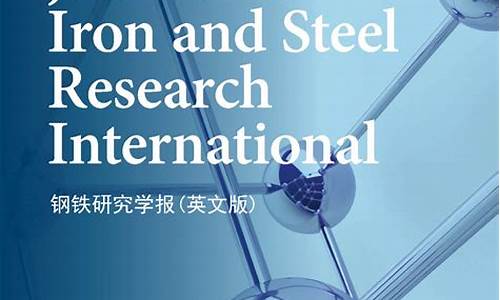
Steel is a versatile and widely used material that has been around for thousands of years. In this article, we will explore some of the key concepts and properties associated with steel.
1. Types of Steel
Steel can be classified into several different types based on its composition, strength, and other properties. The most common types of steel include carbon steels, alloy steels, stainless steels, and high-strength steels.
Carbon steels are made from a mixture of iron and carbon and are known for their high strength and toughness. Alloy steels are made by adding one or more elements such as nickel, manganese, or chromium to carbon steels to improve their performance. Stainless steels are made from a combination of iron, chromium, and nickel to resist corrosion and maintain their shine. High-strength steels are designed to have extremely high strength while still being relatively lightweight.
1. Mechanical Properties of Steel
The mechanical properties of steel refer to its ability to withstand loads and stresses without breaking or deforming. Some of the most important mechanical properties of steel include tensile strength, yield strength, elongation, and ultimate tensile strength.
Tensile strength refers to the maximum amount of stress that a steel sample can withstand before it breaks. Yield strength is the point at which a steel sample begins to deform due to stress. Elongation is the measure of how much a steel sample stretches after being stressed. Ultimate tensile strength is the highest strength that a steel sample can achieve when subjected to a specific load.
1. Heat Treatment of Steel
Heat treatment is a process that involves heating and cooling steel in order to modify its physical and chemical properties. There are several different heat treatment processes that can be used on steel, including normalizing, tempering, quenching, and carburizing.
Normalizing is a heat treatment process that helps to increase the hardness and brittleness of steel. Tempering is a process that reduces the hardness of steel without increasing its brittleness. Quenching is a heat treatment process that rapidly cools steel below its critical temperature range in order to harden it and reduce its ductility. Carburizing is a heat treatment process that adds carbon to steel in order to increase its strength and toughness.
1. Welding Techniques for Steel
Welding is a process that involves joining two or more pieces of metal together using heat and pressure. There are several different welding techniques that can be used on steel, including shielded metal arc welding (SMAW), gas metal arc welding (GMAW), flux-cored arc welding (FCAW), and laser beam welding (LBW).
SMAW is a common technique used on mild steel and aluminum alloys. GMAW is commonly used on thicker metals such as galvanized steel or stainless steel. FCAW is commonly used for welding thin metals such as aluminum sheet or copper wire. LBW is commonly used for welding thick metals such as pipelines or structural components.
In conclusion, steel is a versatile and widely used material that has many different applications in various industries. By understanding its different types, mechanical properties, heat treatment processes, and welding techniques, we can better appreciate the unique characteristics of this remarkable material.
